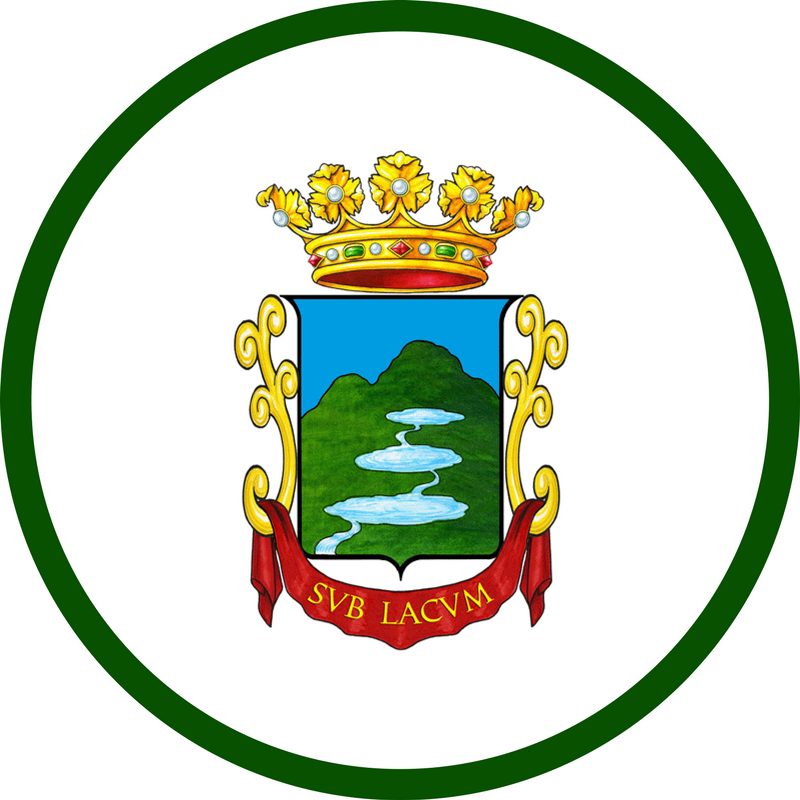The Borgo
The village is gathered around the Rocca dei Borgia. Arriving in Subiaco you are welcomed by the Medieval Bridge of San Francesco, built in 1358, which crosses the river Aniene and leads to the convent of the same name dedicated to the Saint of Assisi. At the entrance to the city there is also the Triumphal Arch erected by Pope Pius VI.
Another characteristic glimpse of Subiaco is the Medieval Village of Opificio located on the left bank of the river and which is the oldest district of the city.
The area became a holiday destination very popular with the Romans as evidenced by the remains of the Imperial Villa built by Nero. Right on the ruins of this villa in the 5th century AD San Benedetto da Norcia built one of the twelve monasteries in the area, all later destroyed by the Saracens, except for that of Santa Scolastica. The history of Subiaco is also linked to that of the press: it was in the monastery premises that in 1465 two German printers gave life to the first Italian typography.
Sites of interest
- Rocca dei Borgia
Built between 1073 and 1077 by the abbot of S. Scolastica, Giovanni V, who made it a very feudal castle with a mighty tower and jails, was enriched with rooms and apartments and a small church dedicated to St. Thomas the Apostle. Thus it became the symbol of the power of the abbey and the habitual residence of John and his successors, until the earthquake of 1349 and the rebellion of the sublime people under Abbot Angelo Monreale's regime forced his successor, the French Ademaro, to retreat to Jenne.
- Rotonda di san Mauro
It is a remake of a primitive construction. Originally it was a chapel, built to commemorate the prodigy of the ready obedience of Mauro, a faithful disciple of St. Benedict, who had sent him to save Placido, who, while drawing water, was drowning in the lake. Obedience was so sudden, that Mauro did not notice walking on the lake waters, without drowning, as St. Gregory the Great recounts in the second book of the Dialogues.
-
Sarcophagus of the Aniensi tribe
In Contrada S. Angelo, on the left of the Statale Sublacense road, coming towards Subiaco, there is a round arch, in stone and wall, blackened by time, built by Count Pietro Lucidi in 1854, at the entrance of its rustic funds, on a small sarcophagus in local stone, framed, of a sepulchral monument, found in 1843, belonging to the republican era of ancient Rome.
-
Turret called of the Carbonari
Cylindrical in shape, equipped with loopholes and ending with rectangular battlements, lean and majestic, surrounded by lush vegetation, supported by an elegant cornice. Overhangs the entrance of an avenue leading into a villa. In fact, the name is not used because in the light of historical documents it does not seem that the local Carbonari were gathered in the villa, of which the tower was to be the sign.
-
Trajan Aqueduct
Described by Frontino, it was built in the first century. A.D. from the emperors Caligula and Claudio. Since the waters were murky in Rome, Trajan had to extend it another 10 km to the highest lake of the Nero's villa, where the water was very clear. Restored later by other emperors, during the Gothic war, during the siege of Rome, it was cut by the Vitige with other aqueducts, to prevent the flow of drinking water into the city. At the time of St. Benedict he was in full efficiency.
- Villa di Nerone
Nerone (58 - 64 D.C.) built the villa Sublacense in the narrow gorge of the river Aniene between Monti Taleo and Francollano, in the Simbruini. The construction is prior to 60 AD, since before that year there occurred a singular episode: to tell the historian Tacitus (Annales 14.22), while the emperor was feasting, a lightning fell on food and broke the table.
SHEET :
Week:
Stages:
Inhabitants:
9 074
Region:
Lazio
Province:
Roma

